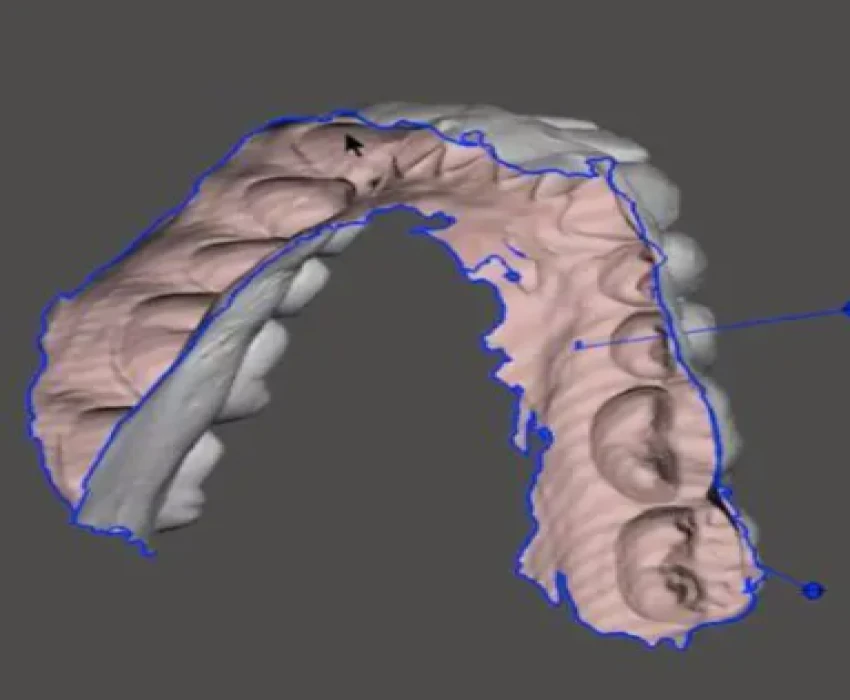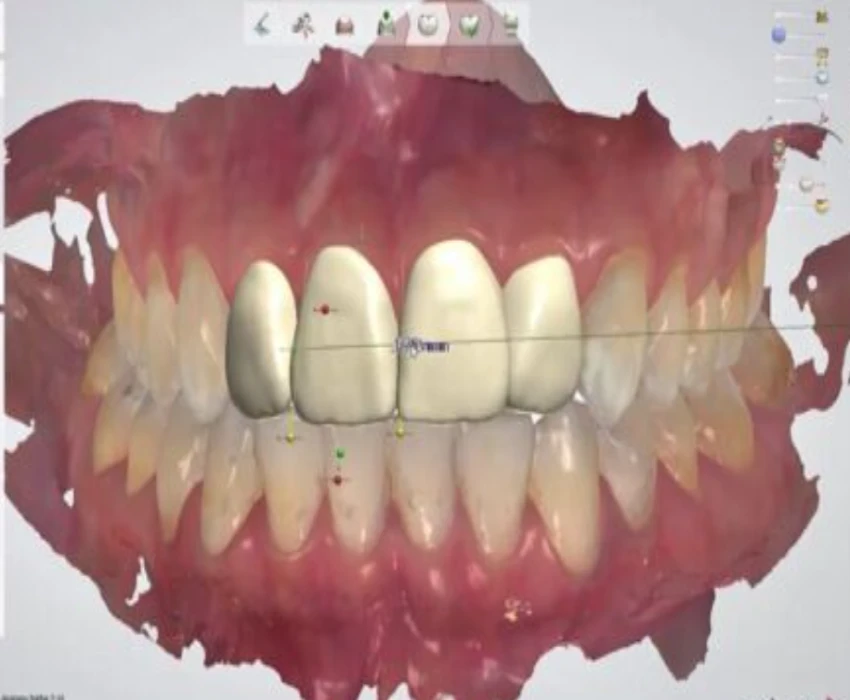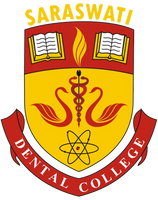

The present technology of digital dental models had exceeded the plaster model’s accuracy. The use of digital models with CBCT images and rapid prototyping techniques brought the possibility of new treatment techniques in the field of Orthodontics.
Today, using 3 dimensional (3D) digital technologies, dental models can be produced digitally and stored in a computer drive. Digital 3D models are considered as a revolutionary advancement in the orthodontic practice. Beside the simplicity of storing and transferring, 3D models also opened doors for new diagnosis and treatment options such as 3D planning of orthognathic surgery and clear aligner therapy, which are considered as the future of orthodontic mechanics.
Intraoral and tabletop dental scanners are commonly used in orthodontic practice. Manual impression taking procedures either with or without stone model production procedures are still needed for the use of tabletop dental scanners. Intraoral scanners on the other hand; scans the patient’s dentition directly intraorally without the need of any manual impression or plaster production.
Digital dental scanners generate 3D view in their own file format but most of them can export the 3D file as an open source ‘stereolithography’ (STL) format. STL format can be used universally for storage, diagnosis, treatment planning and appliance production. STL file format is the commonly used 3D model format in digital dentistry.
Digital models can be used virtually or can be printed with 3D printers using rapid prototyping, a group of techniques used to quickly fabricate a scale model of a physical part or assembly using three-dimensional computer aided design (CAD) data, techniques.
Digital 3D models and technologies provide important advantages in orthodontics from diagnosis to treatment. These advances changed the orthodontic workflow significantly, soon today’s innovations might be considered as the new “golden standard”.


No Any Replies to “DIGITAL DENTAL MODELS IN ORTHODONTICS”
Leave a Reply